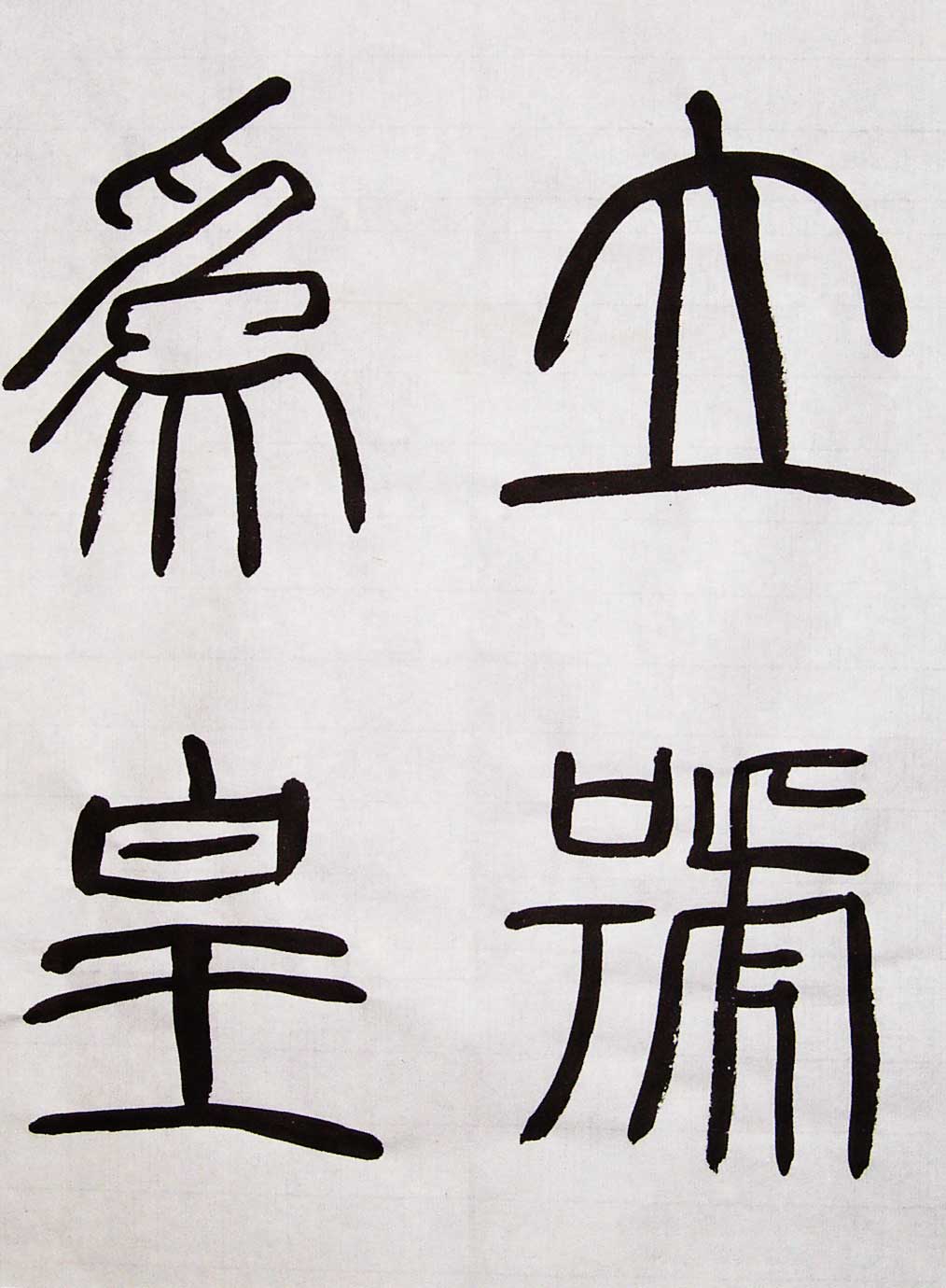Calligraphy is deeply ingrained into Japanese culture. Like most things in Japanese culture, it had its start in China. Calligraphy probably made its way over from China over 1100 years ago. Calligraphy is used during many different times of the for different purposes. For example, in the first few days of the new year children uses write something in calligraphy to represent their hope or wish for the new year.
There are many different groups that teach and experiment with calligraphy all though out Japan. There are classes and courses in major universities all over Japan. There are also official organizations devoted specifically to calligraphy. This all means that not only is it possible to get your masters in calligraphy you can also become some sort of calligraphy group leader if you are good enough. The possibilities are endless.
As you all can already probably imagine, there are not many tools needed to practice calligraphy. At the most fancy you will only need 5 different things. The first and foremost is the brush. The brush is made from anything from horse hair to cat hair. The shaft (*snicker* "He said shaft") is usually made from wood or bamboo. Next is the paper. This is, well, paper. You can't really use normal paper for it because it does not soak up the ink fast enough. I have tired calligraphy on normal paper before and it just lead to a huge inky mess. Next is the inkstone. This is a specially made item that is shallow on one end and deep on the other. It is made so you can add water and grind the ink as you go. Next is, of course, the ink. It is not in liquid form but a solid block. You add water to it and grind it up against the inkstone to produce the liquid ink. And last is a weight to keep your paper weighted down. You can see a calligraphy set below.

Put that all together and with a little practice you can make really good looking calligraphy. You can see some of examples of good calligraphy below.



Notice that all the styles are a little bit different. The style of the artist that drays the calligraphy as well as what the artist wants to say and what situation the calligraphy will be used all effect the end result. Which one do you like? Never mind the fact that you may not be able to read the words, just look at it like you would look at a painting. How does each of them make you feel?
Any way, it is now time for the word of the day. Today's word is 書道(しょどう). It is pronounced shodou and means calligraphy. Literally translated the symbols mean way of writing. I guess that makes sense.
That's it for today. See you next time at JJNN.
No comments:
Post a Comment